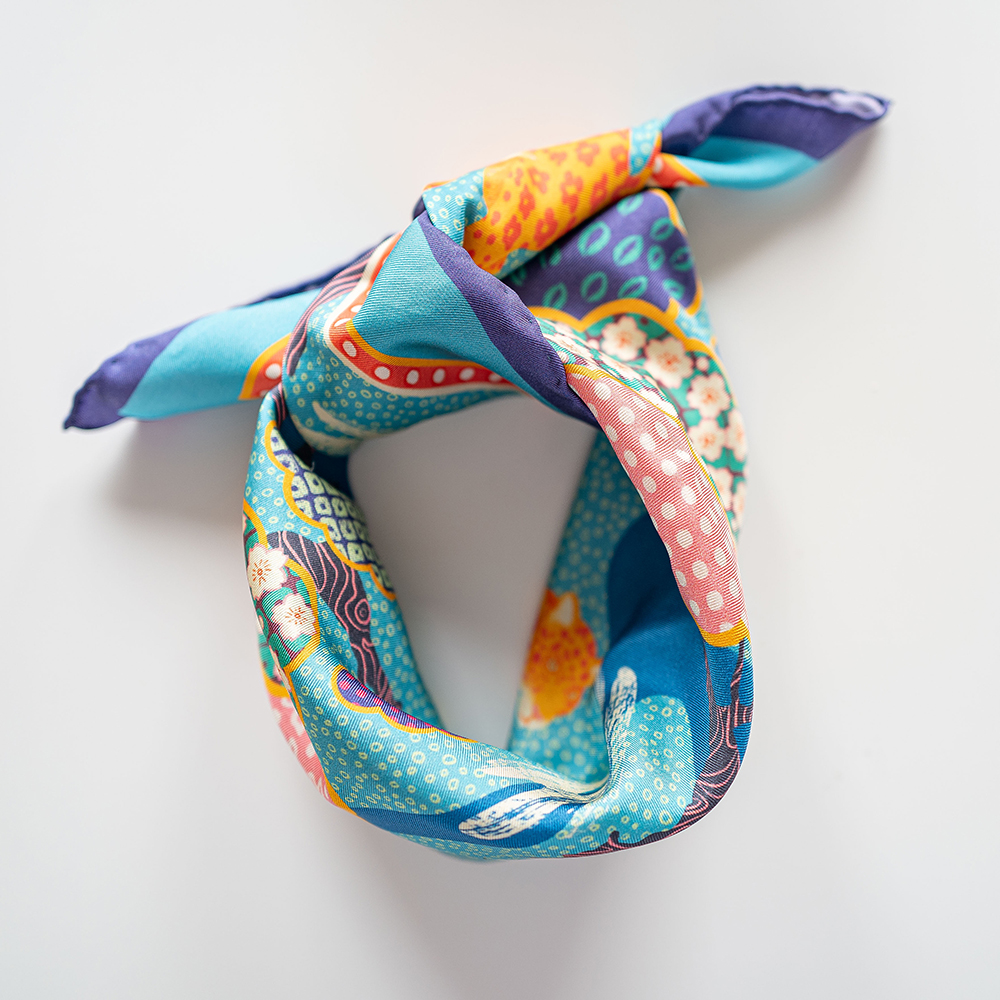12 Aug What is Nihonga?
Nihonga is my chosen painting style, and I have been practicing this technique for more than ten years already. I happened to learn about it while a student of Japanese studies on a scholarship in Japan. Then I have continued to practice, and I am still learning. It is a great journey, full of discoveries that inspire and propel me in my professional life.
Here is a little bit about what Nihonga is.
“Nihonga” is a general term and simply means Japanese painting. It is a term created in the Meiji period (end of XIX) to distinguish traditional Japanese art from Western oil painting. Before “Nihonga,” there used to be many painting schools in Japan, such as Yamato-e, Kano-ha, Tosa, Maruyama-Shijoha, and Rimpa. “Nihonga” did combine the elements of all traditional schools and, as well as this, elements of Western painting such as perspective and shading. At some point, Okakura Tenshin, who was the creator of the term, described it as an art practiced by the Japanese.
Representative Nihonga artists from the Meiji period: Yokouyama Taikan, Shimomura Kanzan.
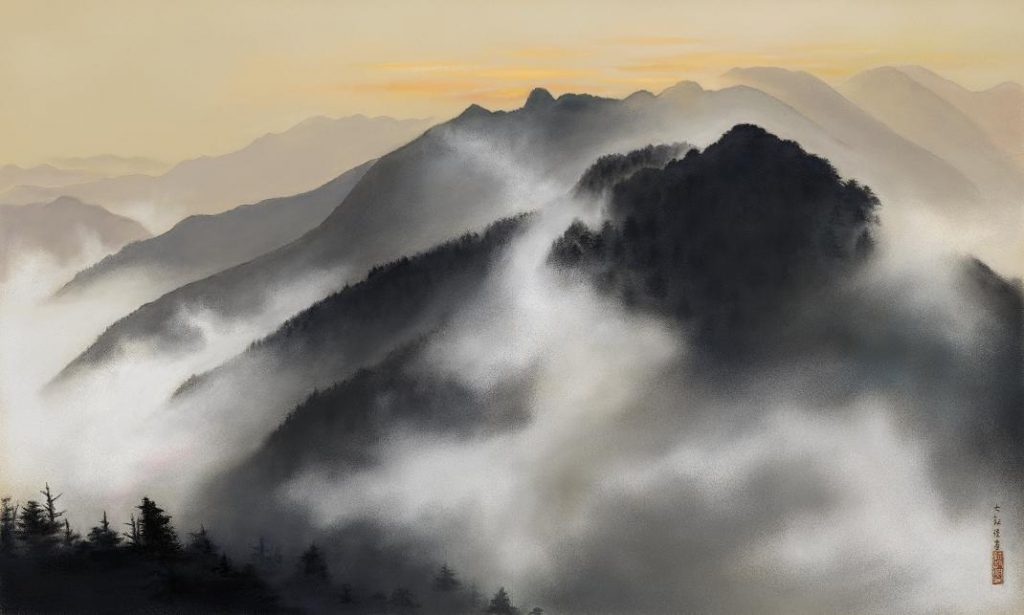
Classic Nihonga
Here are elements that are considered common for classic “Nihonga” paintings:
– quality surface: paper, silk, or gold
– natural dyes and mineral pigments mixed with water and nikawa glue.
– composition: asymmetric, with a certain amount of empty space.
– the sophisticated texture of many layers of pigments.
– natural and vibrant colors.
– the use of precious materials: gold, palatine, pearl
– traditional Japanese motifs, flowers, birds, and famous landscapes (most famous is Mount Fuji).
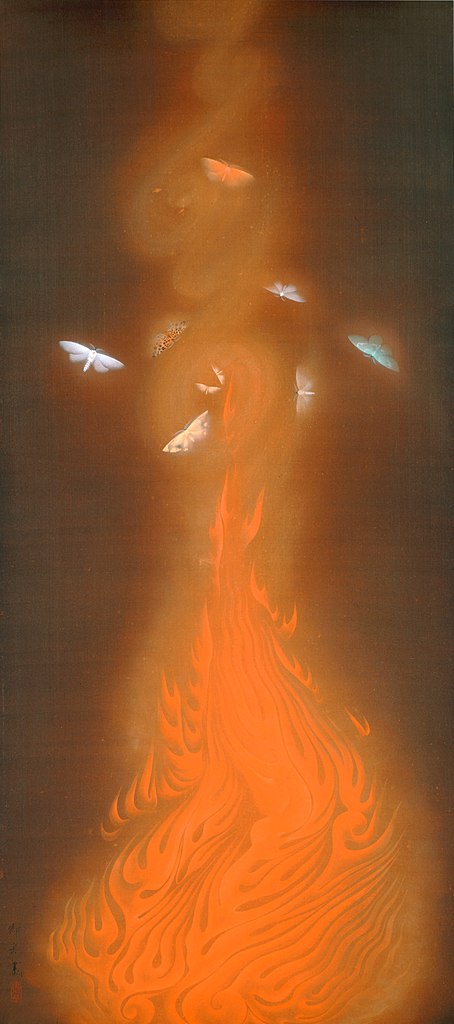
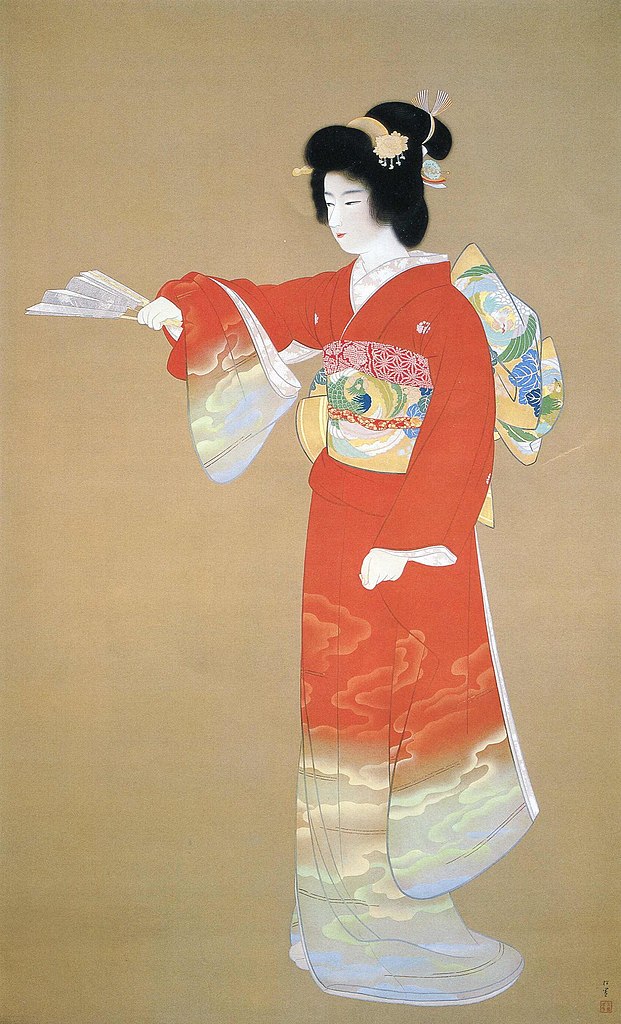
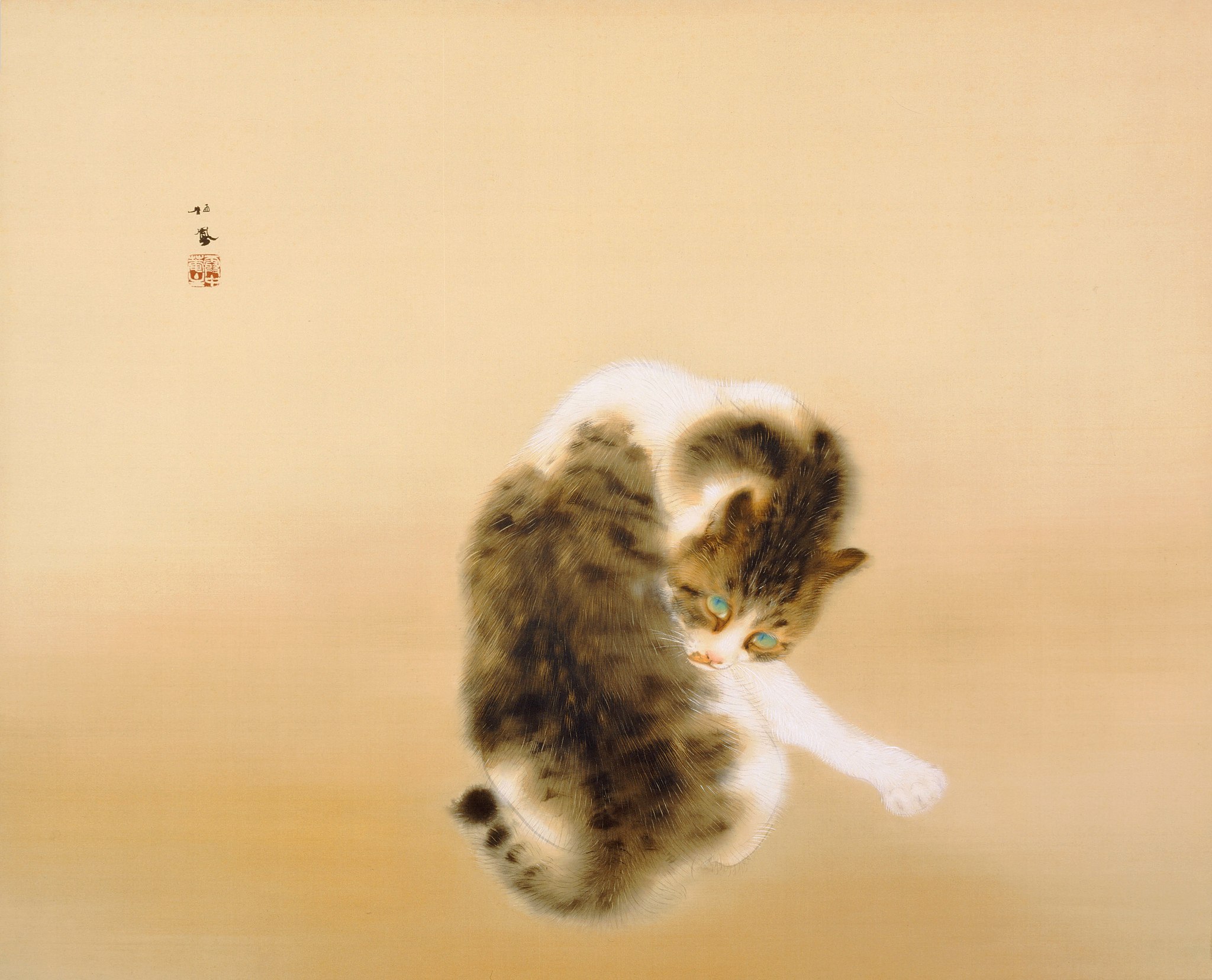
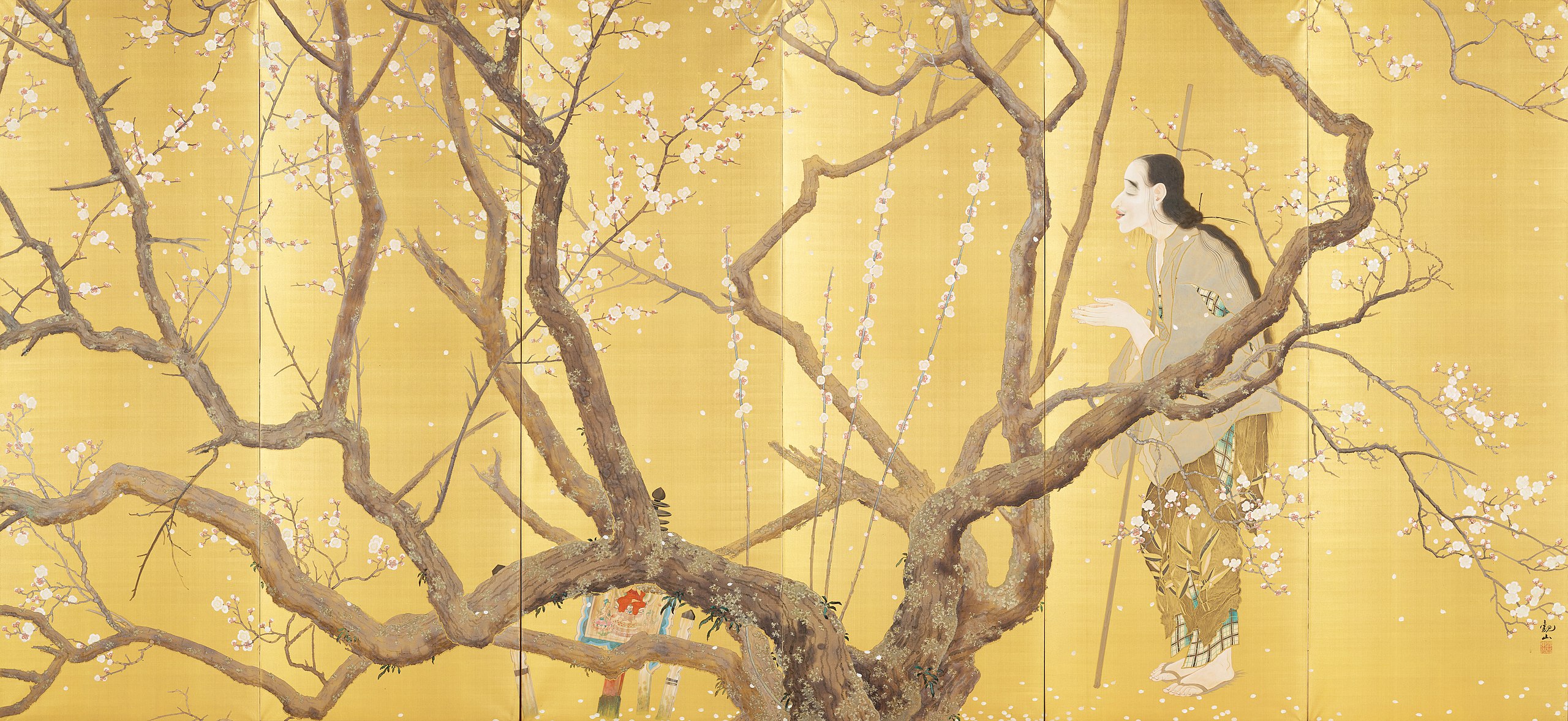
Today’s Nihonga
Nihonga today is very diverse and keeps developing and improving its media. It can mean classic nihonga painting, including painting styles from Western art and other contemporary means of expression. Sometimes many elements are combined together, and there is no distinctive style.
What we describe as Nihonga now are artworks created in certain materials: paper, silk, natural dyes, pigments mixed with nikawa (the glue), and water, ink, gold, silver, etc.
The most representative Nihonga works can be seen in Yamatane Museum in Tokyo.
Contemporary Nihonga artists are inspired by rich Japanese painting tradition, introduce new techniques, and include more current themes.
Contemporary Nihonga artists: Murakami Takashi, Nakajima Chinami, Senju Hiroshi, Yuko Kurihara, Tenmyoya Hisashi, Kataoka Tamako, Tanaka Isson, Kayama Matazou, Konoike Tomoko.
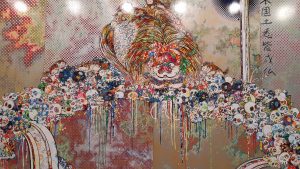

I have decided to make a little series about Nihonga; I will be introducing more about painting techniques and materials. Stay with me if You would like to learn.
